Wildfires are expected to rise in the 21st century, and the trend has already started in Canada’s northwestern boreal regions. What does this mean for Canada and our forests?
If you ever have the chance to gaze down at Earth from outer space, you can’t miss the thick green band encircling the north. You’ll be looking at the boreal forest, one of the largest and most important forest ecosystems in the world. Canada is home to about a third of the world’s boreal forests and around 10 per cent of the world’s total forest cover.
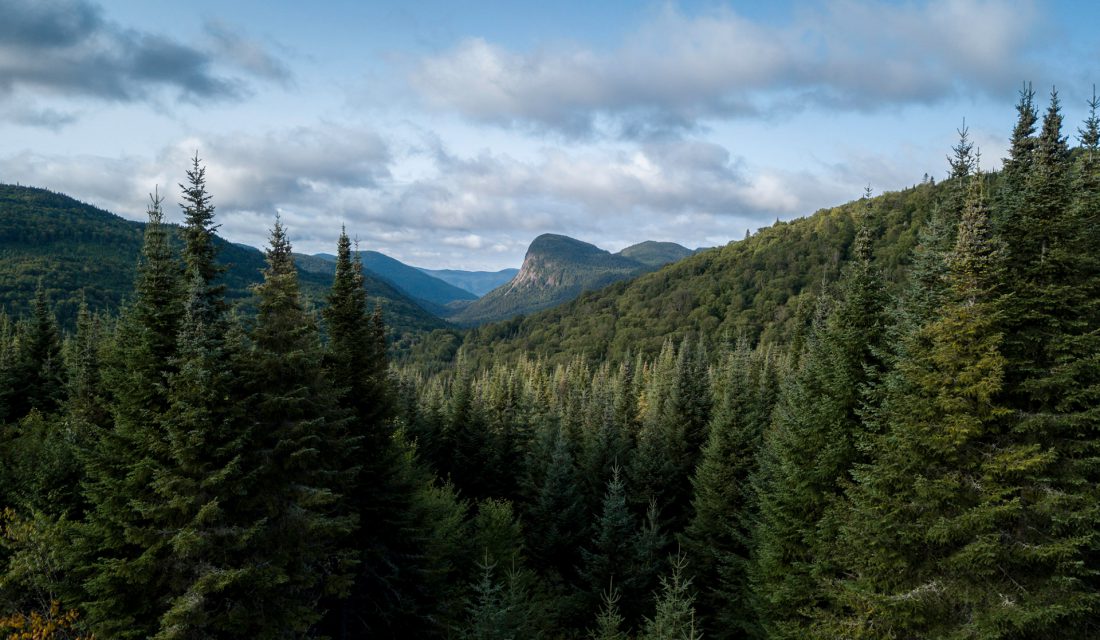
Our forests provide immense ecological and economic value, including vital habitat for wildlife. For example, Canada’s boreal forest contains 25 per cent of the world’s freshwater wetlands, provides a nursery for billions of birds, and helps to mitigate climate change by absorbing and storing greenhouse gases. A number of obstacles threaten Canada’s forests and the wildlife they support, from climate change to habitat loss and fragmentation. But what about wildfires?
A wildfire or wildland fire is a large, uncontrolled fire that rapidly spreads across areas of vegetation. Canada’s wildfire season lasts from April to October, peaking in June, July and August. Since 1990, wildfires in Canada have consumed an average of 2.5 million hectares a year. But wildfires are expected to rise in the 21st century, and the trend has already started in Canada’s northwestern boreal regions. So what does this mean for Canada and our forests?
Fire: Friend or Foe?
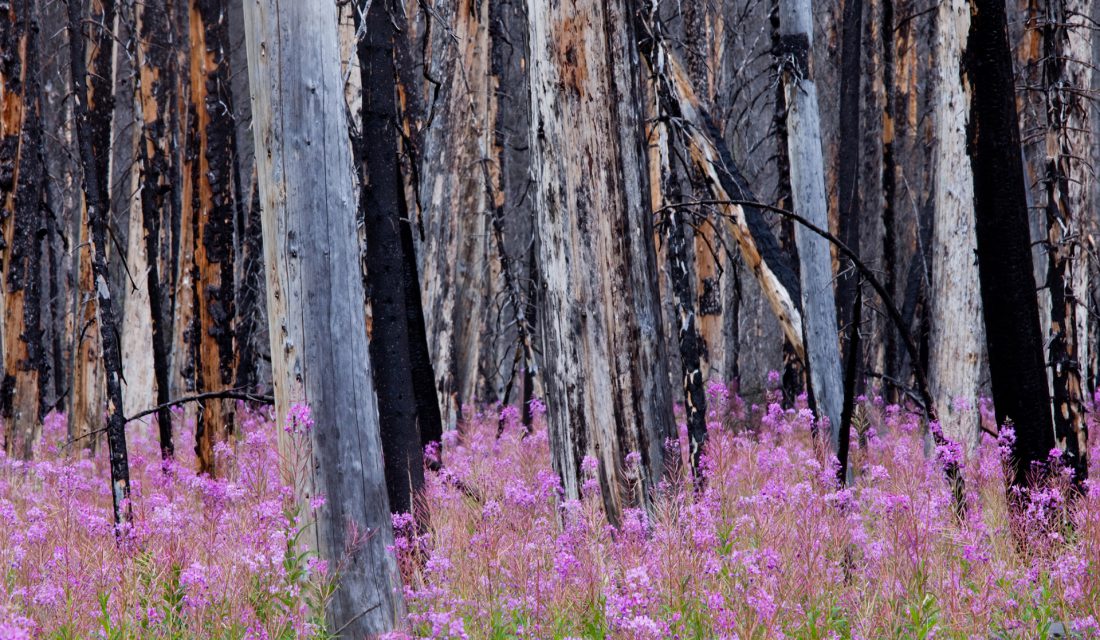
Fire has an immense impact on Canada’s forests, but it isn’t always a threat. In fact, a small number of fires are purposefully set by authorized forest managers to promote regeneration. Fire can help to maintain healthy ecosystems by removing the amount of accumulated fuel on the forest floor, such as woody debris, and allowing for a robust regeneration of vegetation.
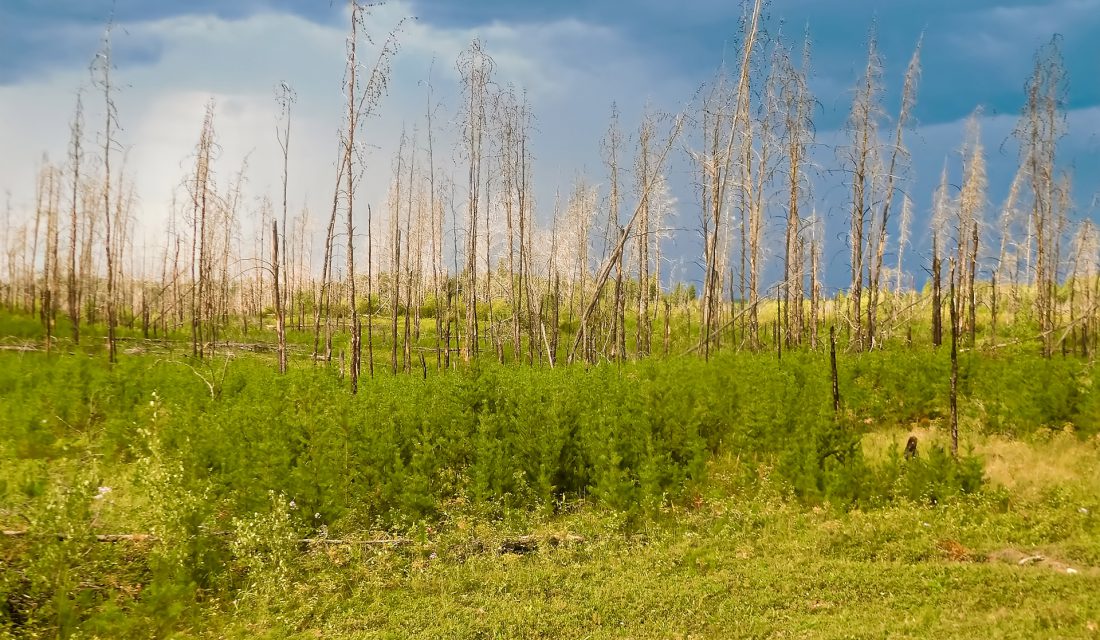
Some species are actually fire-dependent. For example, pine trees release seeds when the heat from a fire opens their cones. And elk and moose rely on the vegetation provided by new growth. Other species enjoy a feast of prey after a fire, such as the Black-backed Woodpecker, which can easily spot bark beetles found in burned wood.
But fire can also harm our wild species and spaces. After a wildfire, some plant and animal species can take years to recover, while others may never again inhabit the landscape. Wildfires displace many birds and mammals that depend on old growth forests. Species that are not fast or mobile enough to escape can perish due to smoke or flames. And several tree species, such as balsam fir and white spruce, take a long time to recolonize an area after a fire.
In addition to harming wildlife, wildfires can have devastating human and economic impacts. In 2016, wildfires in Fort McMurray, Alberta forced over 80,000 people to evacuate, burning around 590,000 hectares and destroying around 2,400 homes and buildings. And in British Columbia, wildfires caused a province-wide state of emergency in 2017 and 2018.
Wildfires and Climate Change
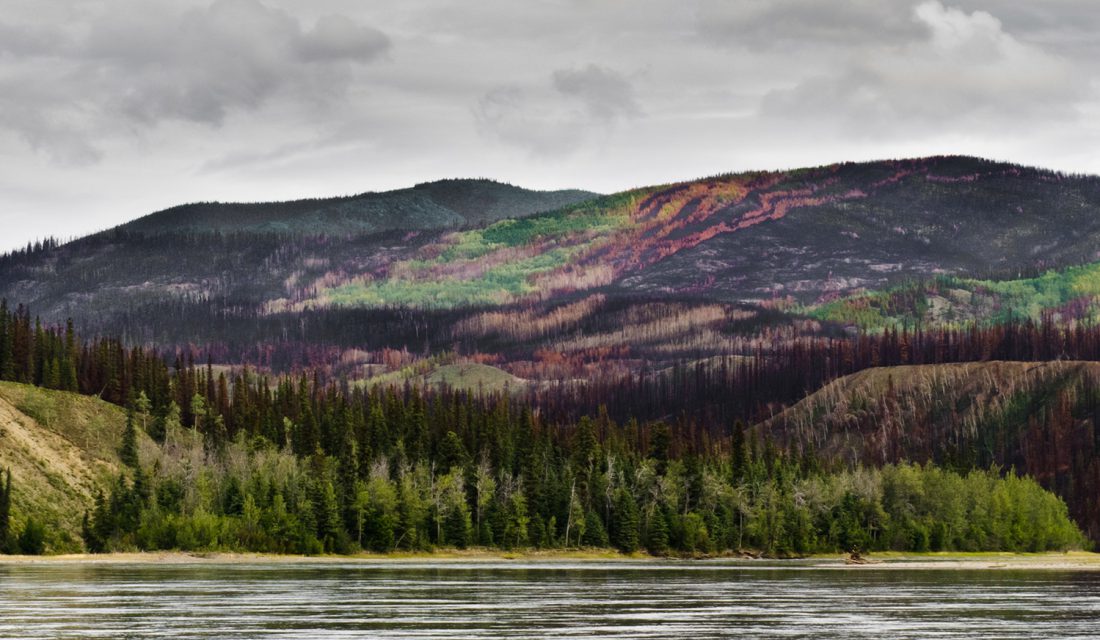
Unfortunately, Canada is expected to see an increase in wildfires in the 21st century due to climate change, leading to severe environmental and economic impacts. Compared to recent decades, Canada’s area burned could potentially double by the end of the century. Our boreal forests are expected to be especially impacted by this change.
So why is climate change partly to blame? A warmer climate can exacerbate fire conditions and extend the fire season. Most notably, lightning is responsible for around 50 per cent of Canada’s wildfires, and every degree of global warming may increase the number of lightning strikes. Warmer temperatures can also increase the amount dead, damaged or dried out vegetation, which can lead to more frequent and intense wildfires, especially if rainfall doesn’t increase in tandem.
Researchers are investigating how climate change and climate variability may impact fire activity, and they are developing potential response strategies. But we can all do our part to help by understanding climate change and working to lessen our environmental impact. Our forests – and all other ecosystems – depend on it.

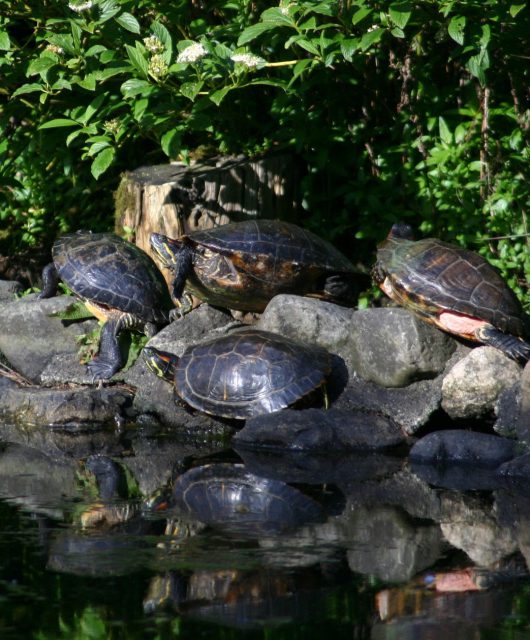

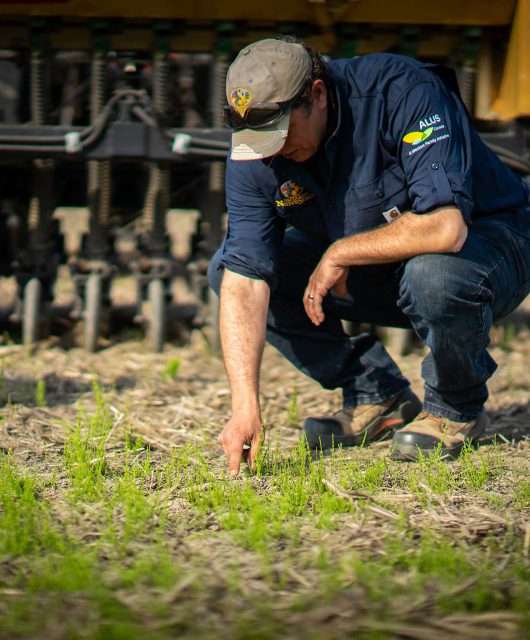
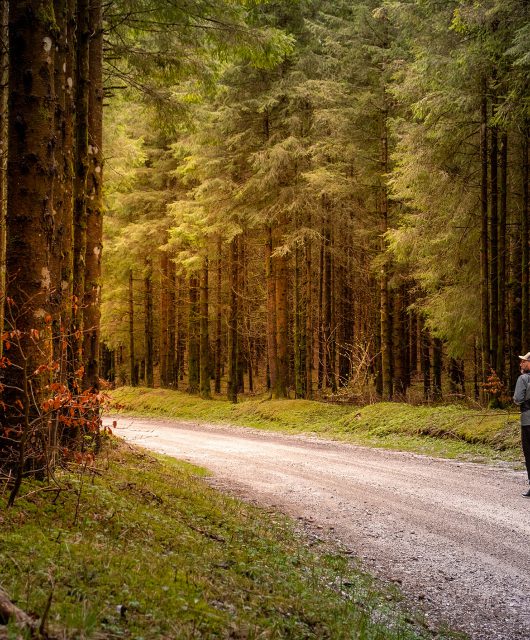
2 comments